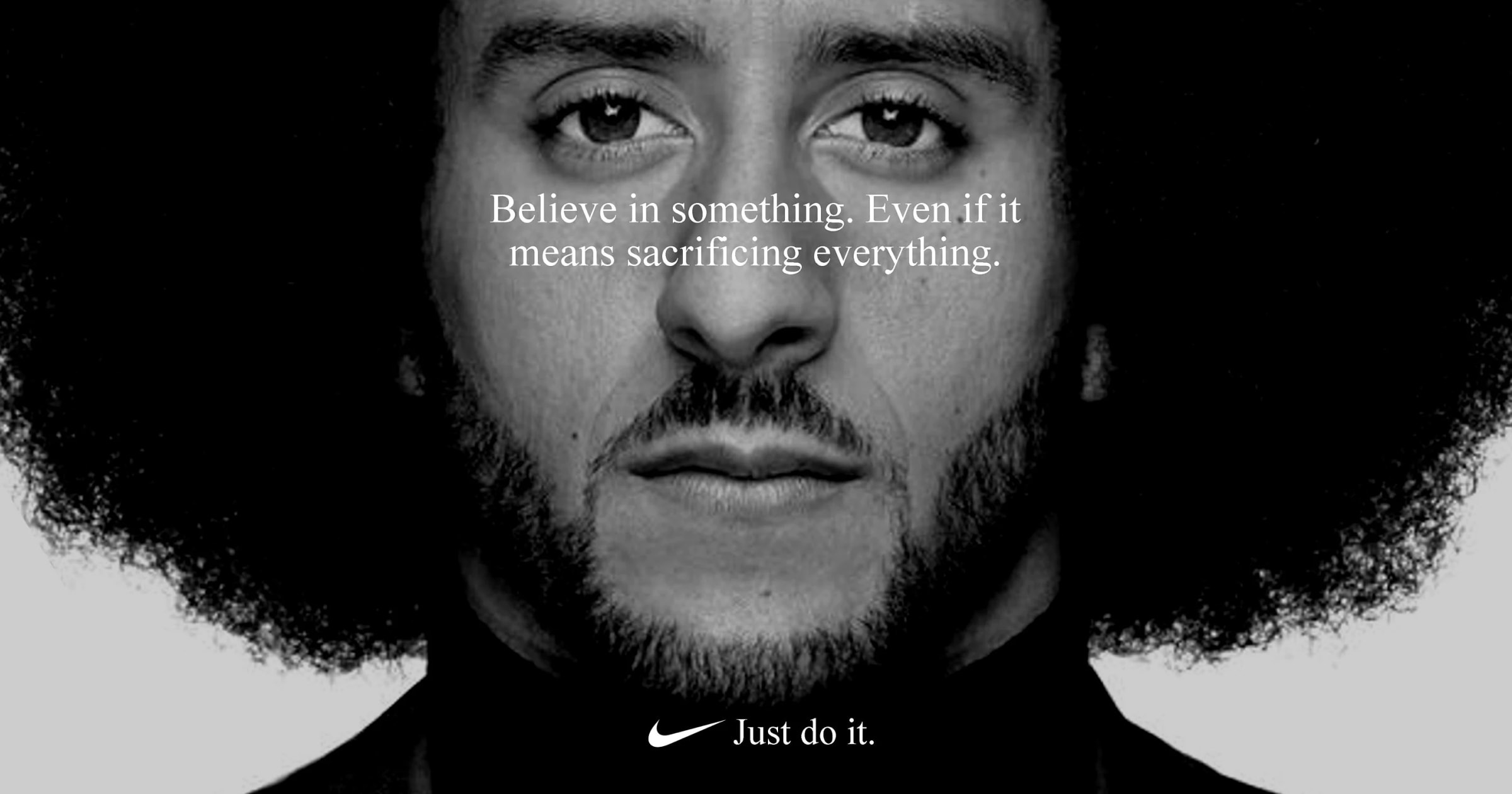The persuasive power of polarization: how brands can turn detractors into advocates
In today’s crowded marketplace, standing out can be challenging. With countless brands vying for consumers’ attention, it can be tempting to play it safe and avoid taking stands that might offend or alienate potential customers. However, research suggests that a polarizing stance can help brands create more passionate followers and turn detractors into advocates.

In this article, we’ll explore the persuasive power of polarization, why it works, and how brands can leverage it to their advantage.
Why Polarizing Opinions Work
At its core, polarization is about taking a clear and uncompromising stance. It is about drawing a line in the sand and signalling to potential customers what your brand stands for (and what it does not). There are several reasons why polarizing opinions tend to be more persuasive than more “neutral” approaches:
- Polarizing opinions create emotional engagement. People are more likely to pay attention and engage when they feel strongly about a particular issue or belief. Taking a polarizing stance can help brands tap into people’s inherent emotional investment in these issues, generating more powerful connections with customers.
- Polarizing opinions create identity. When you take a polarizing stance, you create a sense of identity for your brand. By taking a stand on certain issues, you signal to potential customers that your brand is not just a faceless entity but a group with values and opinions. This creates a sense of loyalty and belonging for potential customers who share those values and opinions.
- Polarizing opinions create distinction. In crowded markets, it can be difficult for brands to differentiate themselves. However, taking a polarizing stance can help your brand stand out. Taking a bold stance that sets you apart from competitors makes it easier for potential customers to remember and recognize your brand.
- Polarizing opinions generate word-of-mouth. People tend to share things that they feel strongly about, whether positive or negative. When brands take polarizing stances, they are more likely to generate buzz and chatter, which can help them reach more potential customers.
Leveraging Polarization to Turn Detractors into Advocates
So, given the persuasive power of polarization, how can brands leverage it to turn detractors into advocates? Here are some strategies to consider:
Know your audience
It’s essential to understand your target audience before taking a polarizing stance. Ensure you know their values and beliefs; issues matter most to them. This will help you take a stance that resonates with your intended customer base.
Take a stance that aligns with your brand values
The key to taking a polarizing stance is to be authentic. Don’t take a stance just because it’s trendy or controversial. Instead, take a clear, uncompromising position aligning with your brand values and identity. This will help you create a sense of integrity and consistency that will resonate with potential customers.
Be confident but not aggressive
Being confident and assertive in your beliefs is essential when taking a polarizing stance. However, it is equally important not to come across as aggressive or confrontational. Try to strike a tone that communicates your message clearly and firmly without attacking or belittling opposing views.
Listen to feedback
When taking a polarizing stance, it’s important to be open to feedback and criticism. While you don’t want to compromise your values, it’s essential to engage with dissenting views and be open to the possibility that you might need to adjust your stance in light of new information.
Follow through
Following through on your promises is critical when you take a polarizing stance. Don’t just talk the talk – ensure your actions and policies align with your stated beliefs. This will help you build credibility and trust with potential customers, even those who might initially be skeptical or hesitant.
Case Study: Nike’s “Believe in Something” Campaign
One brand that has successfully leveraged the persuasive power of polarization is Nike. Its 2018 “Believe in Something” campaign featuring Colin Kaepernick sparked outcry and online support. The campaign was polarizing, given Kaepernick’s history of taking a knee during the national anthem to protest police brutality and racism.

Despite the controversy, Nike’s move ultimately paid off. The campaign resonated with a younger, more diverse audience and generated significant buzz online. According to a report by Edison Trends, Nike’s online sales surged 31% in the days following the campaign’s launch.
First, Nike knew its audience. By taking a stand on a politically charged issue, they were appealing to a demographic that is historically more liberal and progressive.
Second, Nike’s stance aligns closely with the brand’s overall values of individuality and self-expression.
Finally, Nike did not shy away from the controversy, was confident in its messaging, and stuck to its stance despite
FAQs
Won’t taking a polarizing stance turn off potential customers who disagree with my brand’s values?
While a polarizing stance can be risky, the idea is not to appeal to everyone but more intensely to a particular subset of customers who share your values. A polarizing stance can create brand loyalty and attract new customers drawn to your beliefs and values.
How controversial should my stance be?
There needs to be a clear answer to this question because it depends on your brand and audience. You want to take a clear, uncompromising stance but avoid appearing overly aggressive or offensive. Understanding your audience and what issues matter to them is crucial so you can take a stance that resonates with them.
Will taking a polarizing stance turn away potential partners or investors?
This is possible, but it’s important to take a long-term perspective. If brand values align with potential partners, it may lead to long-term, mutually beneficial relationships. As for investors, many are looking for brands that take a stand on issues they care about, both from a social perspective and from an investment standpoint.
Is taking a polarizing stance just a trend?
While taking a polarizing stance might be a trend for some brands, it represents an authentic and consistent commitment to the brand’s values and identity for most. Brands that have meaningfully impacted social or political issues exemplify authenticity.
What if I change my mind about my stance after taking it?
It’s okay to change your mind about a particular issue or stance, and it’s important to listen to feedback and be open to other viewpoints. However, it’s important to think through the effects of the change before embarking on it. Changes in stance should not be frequent and authoritative – it might erode trust and disorient the core audience.
Conclusion
Through this exploration of the persuasive power of polarization, we hope that brands are now encouraged to pursue a strategy that works for them. Polarizing strategies can give brands an edge in today’s competitive market and turn detractors into advocates; however, they come with risks that must be assessed. Ultimately, it is up to each brand to decide whether taking this route aligns with its goals and values.
Your brand must have a clear purpose to make persuasion successful:
- What do you stand for?
- Do you market to the center or the poles?
It’s time for brands to decide which stance will propel them closer to their vision. Find out what resonates within your target audience, embrace your unique positioning and develop an emotional connection with your supporters. Doing so will strongly help propel your brand forward.
Every organization is unique and has something special it stands for—now is the time to spread the word and make sure everyone knows who you are and why they should believe in you.



